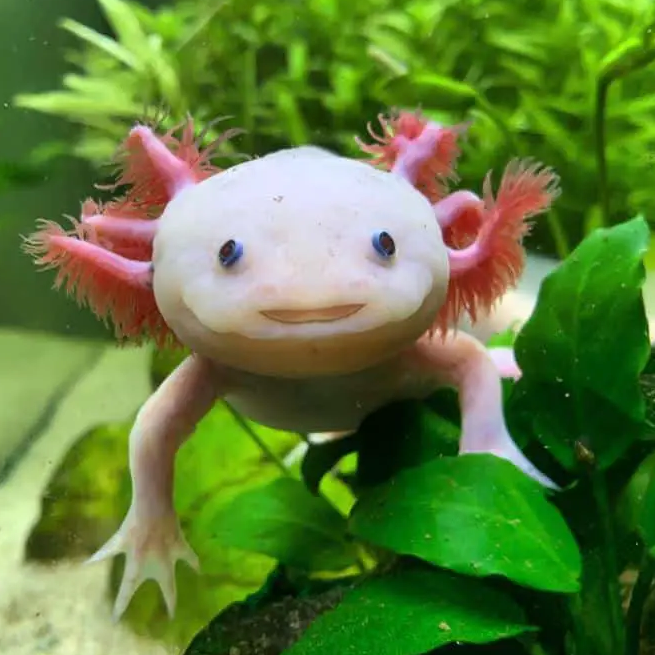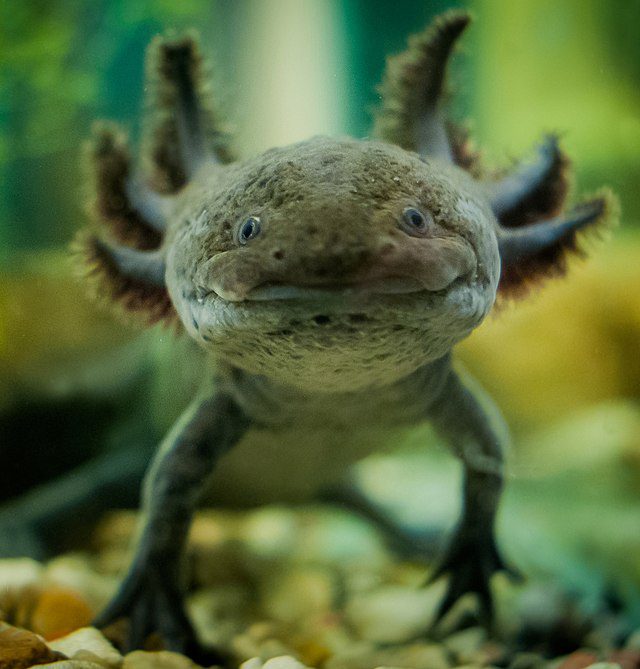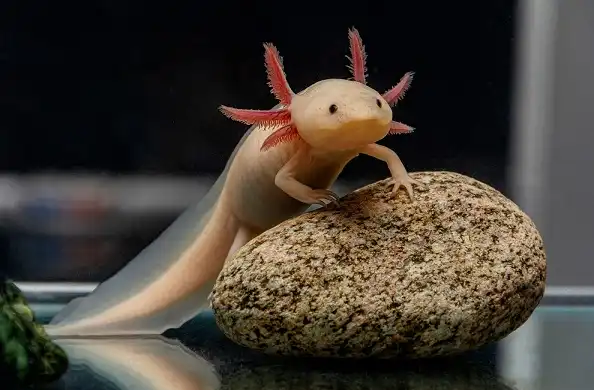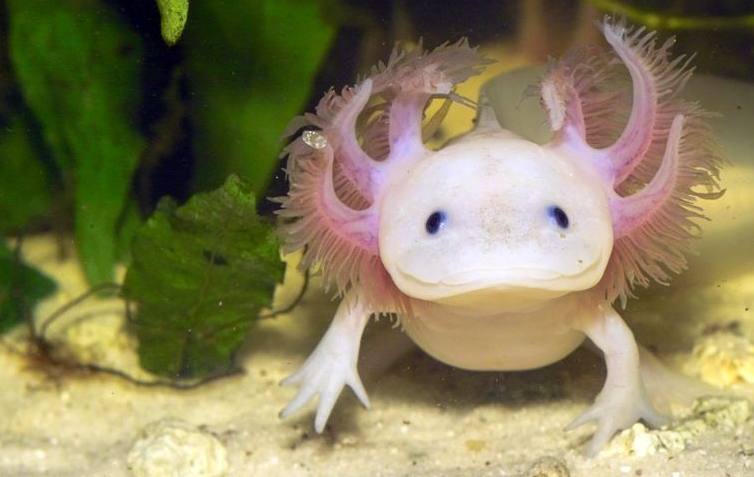What does it mean when an Axolotl flaps its gills?
De axolotl, also known as the Mexican walking fish, is a unique and special animal. The axolotl namely never matures, resulting in a unique combination of characteristics.
Although it develops lungs to breathe on land, it also retains its distinctive feather-like gills. These gills, which provide the axolotl's characteristic appearance, play an essential role in respiration.
A characteristic behavior that we regularly see axolotls is the movement of their gills, often in a striking flapping motion. But why show axolotls this specific behavior? We will explain everything about this to you in this blog!
The Gills of an Axolotl
De axolotl distinguished by feather-like external gills on either side of its head.
These gills not only provide its distinctive appearance but also serve as important respiratory organs.
Although mature axolotls have lungs, they rely primarily on these gills to breathe
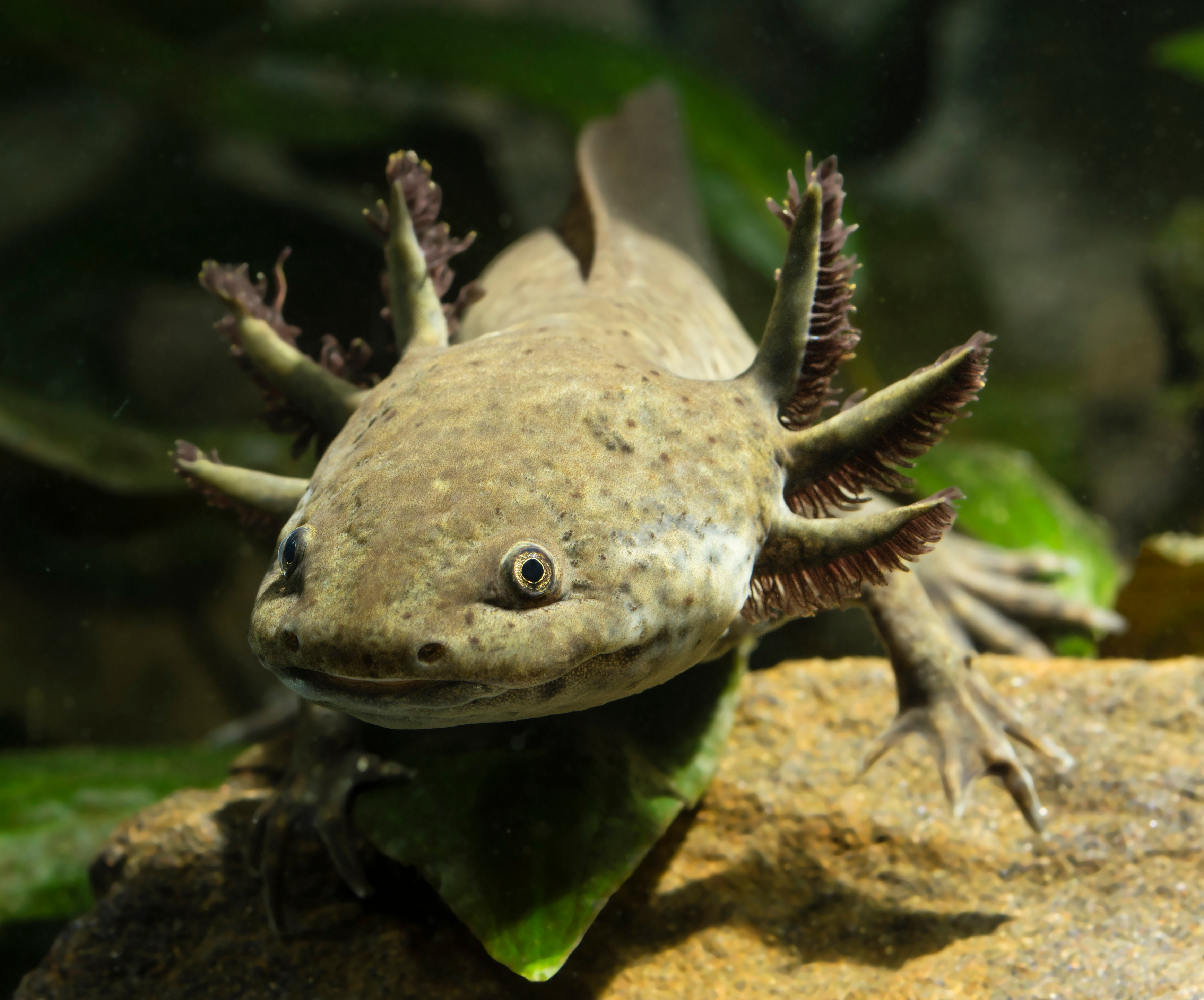
The axolotl, with its distinctive gills on either side of its head, has lungs, but despite this, axolotls primarily use their gills for breathing.
Oxygen optimization in the Axolotl by moving the gills
Gill flapping in axolotls is a natural and essential behavior that contributes to their breathing process.
By occasionally moving their gills, axolotls generate a flow of water over the fine filaments of their gills. These fine filaments serve as surfaces for the exchange of gases, especially oxygen and carbon dioxide.
Flapping the gills is very normal and natural behavior. Occasional movement of the gills helps water flow over the fine filaments, which facilitates the exchange of gases and thus optimizes oxygen uptake.
Thus, moving the gills facilitates the circulation of water, promoting a constant supply of more oxygen-rich water along the gill filaments.
This allows the axolotl to optimize its oxygen absorption from the water. This behavior is not only natural, but also an effective strategy that allows axolotls to efficiently obtain enough oxygen even when they are at rest.
Oxygen optimization at an Axolotl in Rust
Instead of actively swimming around looking for oxygen, some axolotls developed a more relaxed approach to meeting their oxygen needs.
Although moving their gills is sometimes labeled as 'lazy', it actually turns out to be an efficient strategy for obtaining oxygen without too much effort.
By simply moving their feather-like gills, they generate axolotls a constant flow of water over the fine filaments, which ensures optimal oxygen supply in a relaxed manner.
Signs of Stress and Oxygen Deficiency at an Axolotl
Excessive gill flapping can indicate stress or even oxygen deficiency. A stressed one axolotl may have difficulty breathing, which may result in frequent gill movements.
It is very important for owners to closely monitor the behavior of their axolotls.
Excessive gill flapping in axolotls can indicate stress or even oxygen deficiency. Closely monitoring their behavior is very important for their well-being!
Preventing oxygen deficiency is a crucial aspect of your care axolotl. Here are some important points to pay attention to and possible measures to prevent oxygen deficiency:
- Water temperature: Axolotls thrive best in an environment with stable and moderate water temperatures. Too high water temperatures can reduce the oxygen content in the water, which can have adverse effects on your well-being axolotl.
- Water quality: Regular water changes are crucial to maintain a healthy environment and prevent the build-up of harmful substances.
- Filter maintenance: Keep the aquarium filter clean and well maintained to ensure water quality.
- Air pump for oxygen optimization: An air pump is a valuable addition to the aquarium. The air bubbles generated promote increased oxygen absorption, which contributes to your well-being axolotl.
Conclusion
We now know that gill flapping in Axolotls is a natural and normal behavior aimed at optimizing oxygen uptake.
This unique strategy enables the axolotl able to meet its oxygen needs in an efficient and relaxed manner, even when at rest.
Regular movement of the gills ensures a constant flow of water over the fine filaments, facilitating gas exchange.
Gill movements in Axolotls are a natural oxygen optimization strategy, allowing them to meet their oxygen needs efficiently and relaxed, even at rest. Regular movement of the gills promotes a constant water flow, optimizes gas exchange.
Nevertheless, it is important for owners to monitor their gill behavior axolotls monitor closely, as excessive flapping may be a sign of stress or oxygen deprivation.
Through this careful attention to environmental factors, owners can ensure that their... axolotls thrive and enjoy a healthy and happy life.
